Guide to Different Wools for Felting
You can find more information on our web, so please take a look.
If you're just starting out felting, the variety of wools available and what they are all for can be pretty daunting! Below is some essential woolly info about some of the most common types of fibre and wool and how they are best used when creating your needle felted project base or adding colours and fine detail.
There are no hard and fast rules to felting; this guide is based on personal preferences and experience! If you are a Needle Felting beginner, it&#;s best to start with a step-by-step kit which contains all the different wools you need so you can get to grips with the different textures and techniques, then experiment from there (but be careful, it gets addictive!).
Wool generally comes in one of 4 stages of processing
Raw Fleece
Raw Fleece comes with all the dirt and lanolin straight off the sheep's back. You need to process this yourself which can be a long but satisfying experience!
Cleaned Raw Fleece or Locks
Cleaned Raw Fleece or Locks have had all the dirty bits removed and has been washed (and possibly dyed) but is not carded or combed. This is great for using to add effects - there are often some lovely curls you can use.
Tops or Roving
Tops or Roving (these are normally the same thing, the name changes depending on where you are). These are washed and combed so that all the fibres are all going in the same direction. In the UK, roving refers to a top that has been 'drawn' out into a thinner piece ready for spinning. Tops normally come in long lengths wrapped up into balls. This is the type of wool we use in our kits. It's great for needle felting and wet felting and can add a really nice finish to a needle felted piece with all the fibres laying in the same direction. They are easy to find in the UK in almost every breed.
Batts
Batts have been washed and then carded during which all the fibres are messed up so that they are all facing in difference directions. They come out in chunky sheets. They are great for needle felting core shapes as some of the hard work has already been done for you! You can pull off small pieces easily. They aren't as readily available in the UK as tops.
You won't always find each of the above in every breed of sheep or other fibre. You can normally find tops, but the others might be harder to come by.
Breeds and other Fibres used for Needle Felting
Merino
Merino is the most common fibre found and popular for felting. It comes in almost every colour imaginable and is normally sourced from Australasia or South Africa. It is very soft with a staple length of about 3-4 inches (length of each fibre) and has barely any crimp. It is great for wet felting but less good for needle felting as it takes so long to felt and often gives a fluffy finish. It is perfect for adding finishing touches and colour to your base project; we would advise making a base core shape using a bulkier wool, such as Jacob, Shetland or Manx Loaghtan, then adding some Merino over the top for detail and colour.
Blue Faced Leicester
Blue Faced Leicester is a long fine wool with a staple length of 4-6 inches. It has a lovely soft feel with a nice lustre. It does take a little longer than some wools to felt but we think that the results are worth it. You can get a wonderful, detailed finish with BFL and it is available in 3 natural colours, including a jet black, and various dyed colours. (Image source: shepherds-delight.co.uk)
Shetland
Shetland is a lovely fine wool with more bulk and crimp to it than Merino. We love working with Shetland and it is a popular wool available in many natural and dyed colours. It can be a little too fine to use for large pieces but is great for beginners. (Image source of shetland-sheep.org.uk)
If you want to learn more, please visit our website Jiatong.
Additional resources:Fire Retardant Fabrics 101Shop Bulk Microfiber TowelsTop 10 Accessories You Need For Your Heat Press Machine4 Different Types Of Microfiber Cloths For Cleaning10 Questions You Should Know about Terry Microfiber ClothWhat Makes Microfiber Fabric so Popular?Norwex - Proudly Wearing the 'Made in China' Label?
Corriedale
Corriedale is a New Zealand breed that has become quite popular for needle felting. It is less fine than Merino, BFL or Shetland and has a lovely crimp meaning it felts quite quickly but can be difficult to get fine details with.
Manx Loaghtan
Manx Loaghtan is a beautiful wool to needle felt with. It has a lot of natural bulk and felts quickly. The natural brown is limiting but if you need that colour for your project it could be the perfect wool for you. You can add a &#;skin&#; of colour over the top using the colourful Merino, Shetland or Blue Faced Leicester wools. (Image source: manxloaghtansheep.org)
Jacob
Jacob comes in more natural colours than Manx but has a similar feel with a medium fineness and a decent crimp making it easy to felt.(Image source: jacobsheepsociety.com)
Herdwick
Herdwick is a pretty hill breed with a courser, dense wool. It is difficult to felt to a neat finish but can add textural interest to a piece. It is only available in grey, but you can often find difference shades to work with.
Alpaca
Alpaca is very different to sheep's wool but can be fun to add to a piece! It is very fine and has a short staple length but is beautifully soft. It takes a long time to needle felt so we'd only recommend using it to add a 'skin' of colour. It is available in various natural colours including beautiful fawns and rich chocolates.
This is by no means an exhaustive list but covers all the main wools we use here at Hawthorn Handmade! If you fancy trying your hand at Needle Felting, take a peek at our Mini or Large Needle Felting Kits which are perfect for beginners and beyond or browse our Wool Bundles.
If you want to learn more, please visit our website Wool Felt.




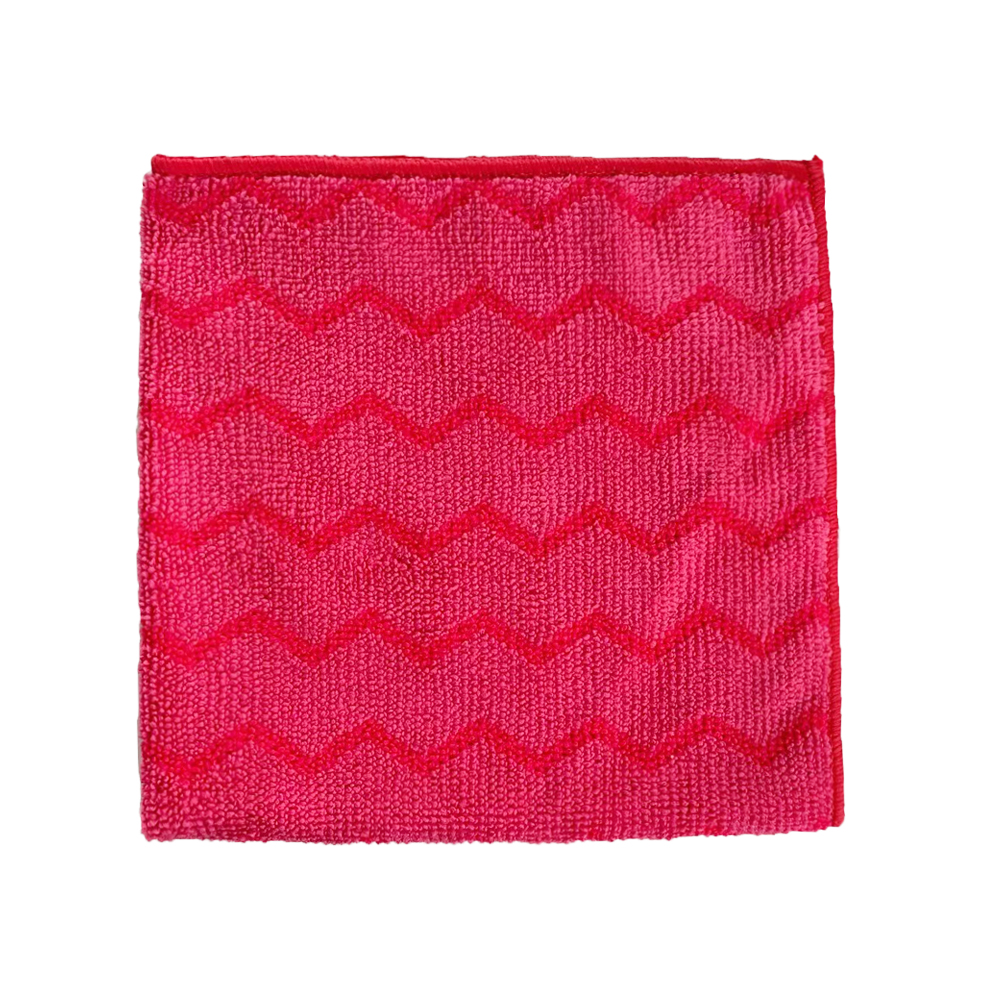
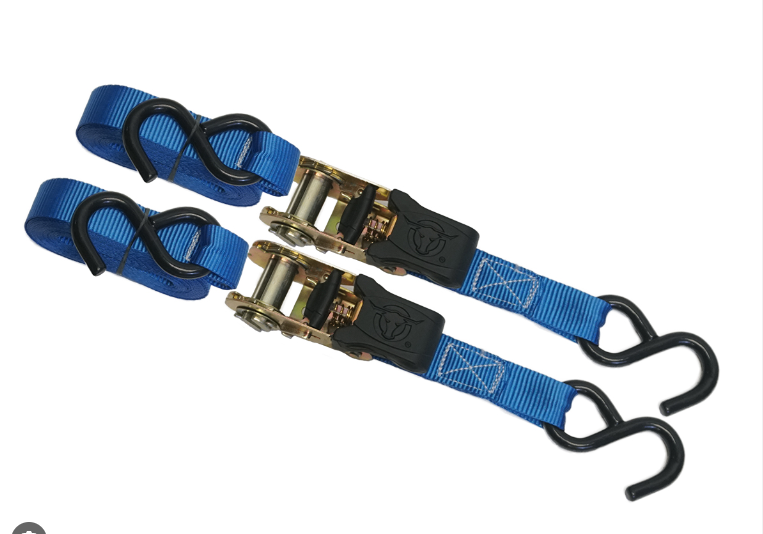
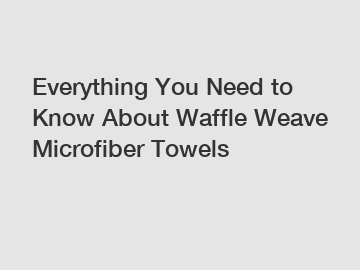
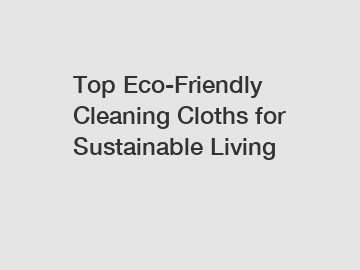

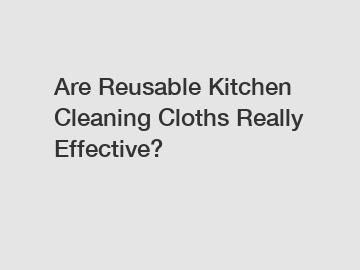
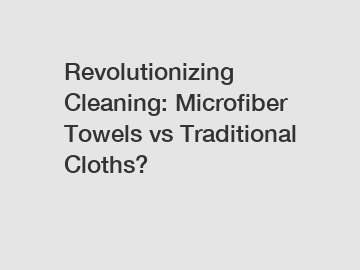

Comments
All Comments ( 0 )